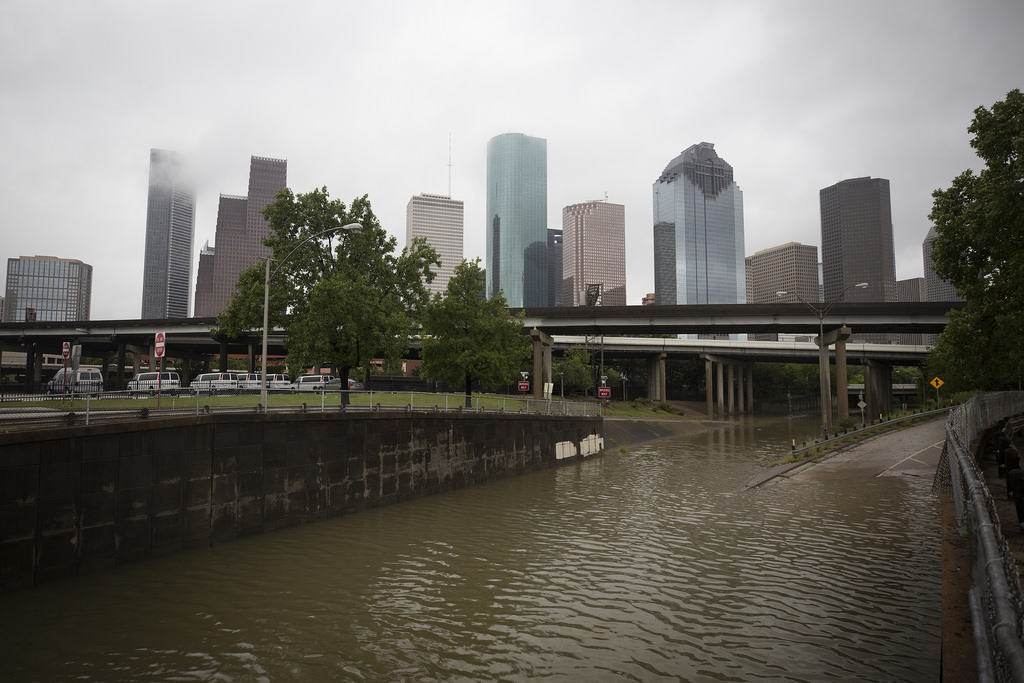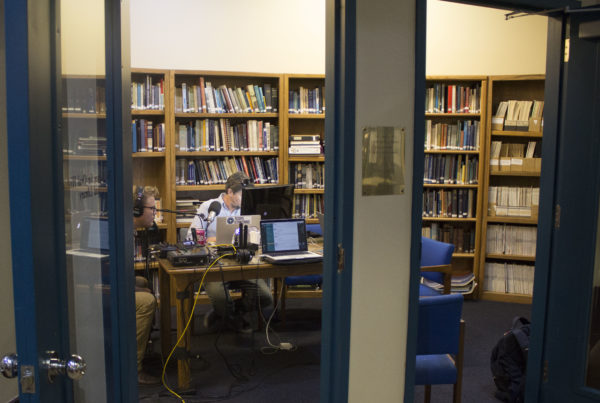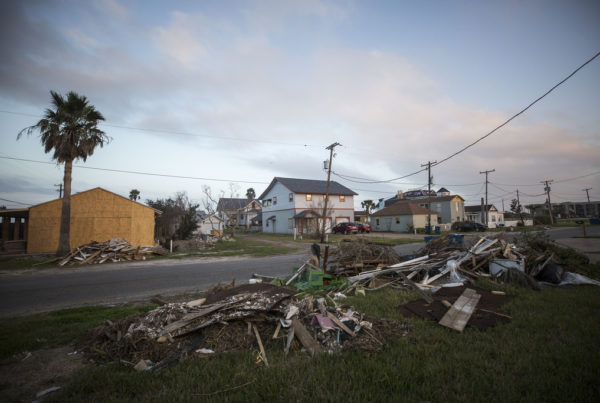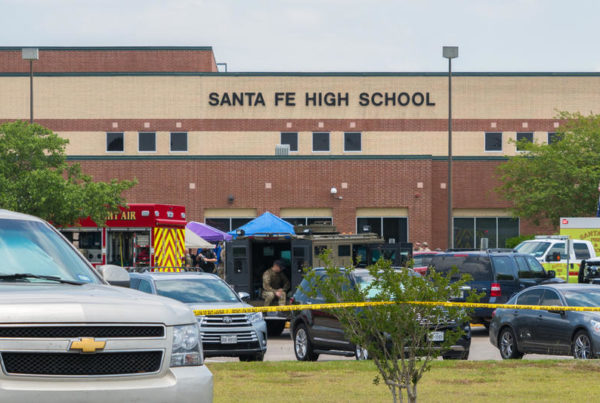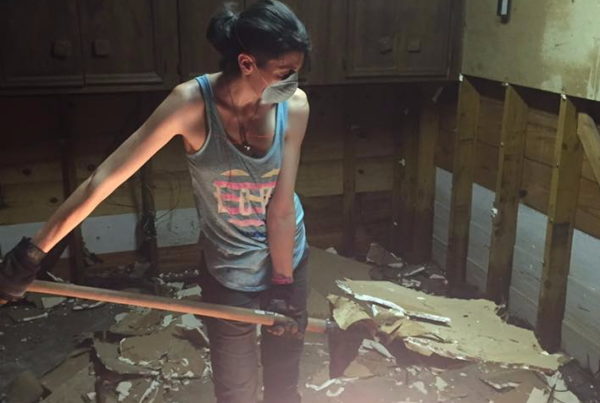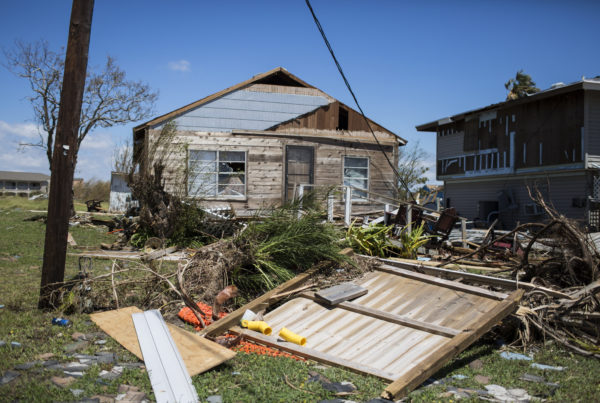Vital to rebuilding Houston after Hurricane Harvey is formulating a plan for what the city will look like in the future. And one of the biggest questions is whether the effects of future hurricanes can be mitigated.
Jim Blackburn is an environmental lawyer and co-director of Rice University’s center on Severe Storm Prediction, Education and Evacuation from Disasters in Houston. He says that stakeholders in Houston’s infrastructure have responded to Harvey positively.
“Well I think we’ve had a number [of] very positive steps in the short term. Among those we’ve got appropriations from Congress, the potential of federal money from Army Core of Engineers, federal money from the Department of Housing and Urban Development, and we’ve got a bond issue that’s being set up for an election coming up August 25,” he says.
However, in the longer term Blackburn says he thinks there are some things they have yet to get right.
“Honestly, I don’t think we have yet a good overall plan,” he says. “We need to do things differently then we’ve done in the past and we’ve got to come up with new thinking to address the new norm, which is much larger storms than we’ve had in the past. And the reality that we really can’t banish waters from this community. We can’t make it go underground or into channels. We are going to have to live with water.”
One of the things that’s needed to help with rebuilding after Harvey, Blackburn says, is “just really having a good public discussion about this. I think that in large part we’ve left flood control and flood management to experts and as a general rule much of the public hasn’t gotten involved.”
Blackburn says that the construction industry has driven the development of Houston’s landscape for years, and that the city needs to come is a new realization that it should do things differently. Starting with a new map.
“We are getting, for example, a new flood plane map. Our 100-year flood plane map is obsolete, it is too small. It does not describe the areas that are really flood prone.”
Once the correct maps are in place, Blackburn says that is the first step to structurally reshaping the city to mitigate the damage from a future storm.
“We will have a very different looking Houston in 20 years than we have today,” he says.
Written by Kristen Cabrera.


